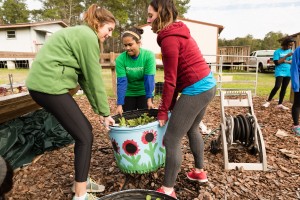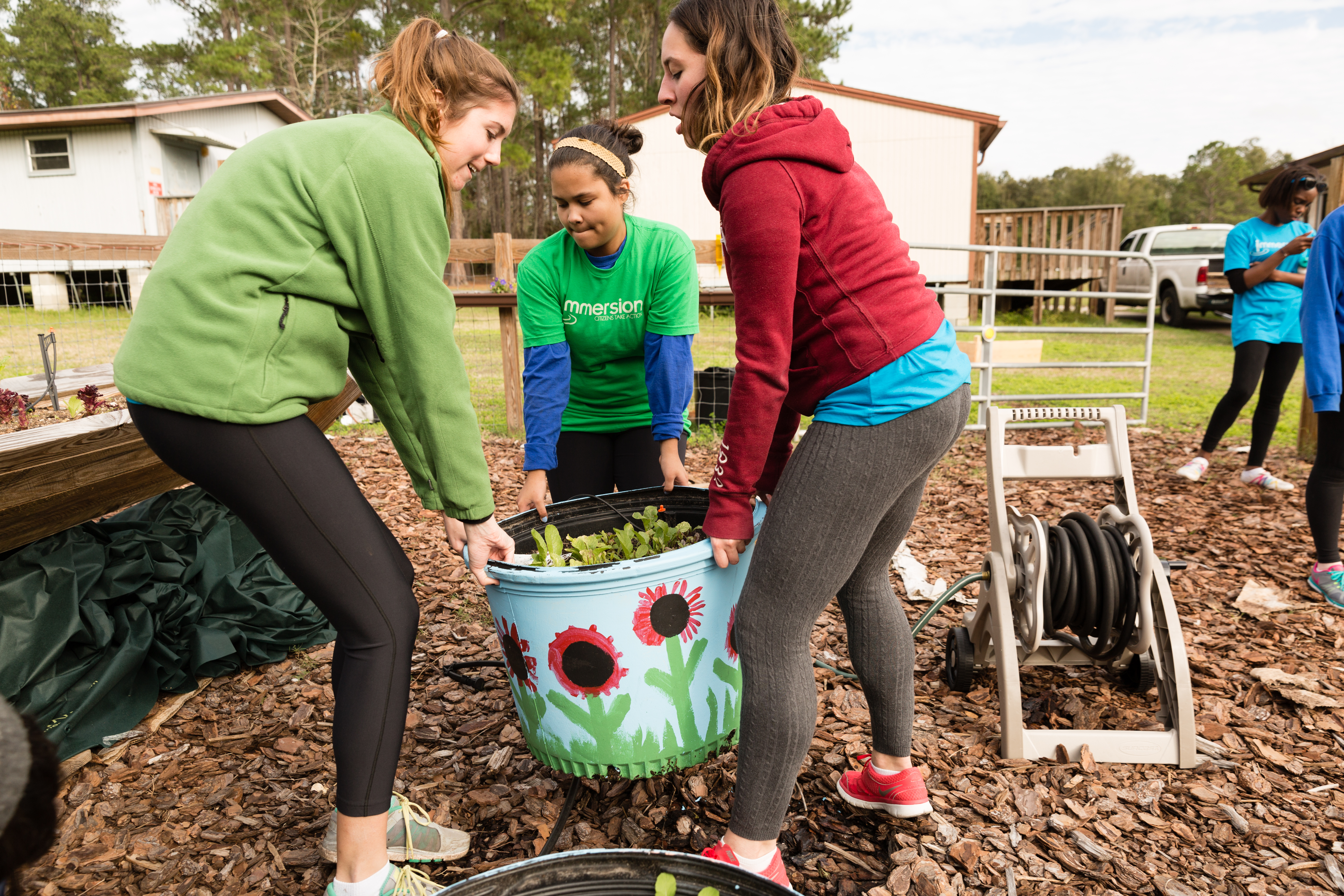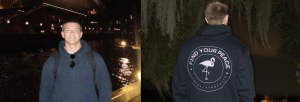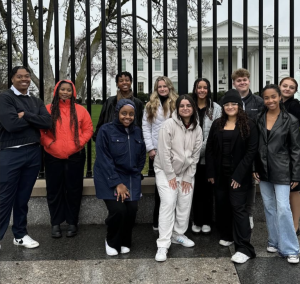 Laura Alvarado ’18 finishes the last drop of her SmartWater and gets up to throw it into the big recycling bin that sits next to the food waste in the cafeteria. She tries to recycle as much as possible because she knows it is good for the future of the Earth. But even those who care enough to make the extra effort are uninformed.
Laura Alvarado ’18 finishes the last drop of her SmartWater and gets up to throw it into the big recycling bin that sits next to the food waste in the cafeteria. She tries to recycle as much as possible because she knows it is good for the future of the Earth. But even those who care enough to make the extra effort are uninformed.
“I actually have no idea what happens after the recycling gets taken out of the trash bags,” she said, tossing her water bottle into the recycling bin. “I hope it actually gets recycled.”
From the bin in the cafeteria, Alvarado’s water bottle will get recycled, if it follows the right criteria. Fortunately, Rollins uses a single stream process, which means that the materials do not need to be separated by cardboard, glass, or plastic.
The blue bins around campus get transported to three main locations: one located near the bookstore, one behind the dining area, and one near Sutton. Even on a small campus, we recycle enough to make a dramatic difference.
“Our diversion rate is around 30% for single-stream recycling efforts,” said Luis Villafuerte, the assistant director of Housekeeping and Transport. “So my best estimate would be around 1500 lbs of recycling per week.”
From the main locations, Waste Management picks up the recycling and transports it to the Single Stream Facilities a few miles away. “It’s quite large,” said Ann Francis, the program coordinator for Sustainability Program. “Take a couple of the dorm buildings and put them together. It’s just a big shell of a building open on one side, and inside of that all the recycling gets dumped. Then smaller vehicles pick up parts of it and just put it down in one area.”
From there, the recycling is sucked onto huge conveyer belts and is mechanically separated out. Paper will glide on top of the rollers while Laura’s plastic water bottle—and other materials like glass or cardboard—will drop through. A huge magnet attracts tin cans from above the conveyer belt, making them cling to the magnetic surface while the other material gets sorted below.
It is an impressive system, but it is easily broken by a misinformed student. “The worst thing is to have those stupid plastic bags—from Publix or another grocery store—go into the recycling bins because they gum up the system,” said Francis. “The system’s all rollers and belts that separates everything out, so those bags get caught up and they have to stop the process for an hour. It happens all the time.”
Contaminated material can also stop the process. All too often, students do not realize that if their plastic plate has food residue or if their tin can has some Coca Cola left, those “recyclable” materials get transported directly to the landfill.
If the material is not contaminated, then each bottle, can, and piece of paper gets compressed into a cube after the separation process. From there, those cubes are picked up from other companies that will reuse that material. Alvarado’s water bottle could be turned into t-shirts, the boardwalk around baseball fields, or even the Eco-Rollins reusable water bottles.
These bottles are means of saving water and waste, beyond just being made from recycled plastic. The first hydration station on campus was installed five years ago. Since then, 30 hydration stations and counting have been installed on campus. In the fall, Eco-Rollins calculated that more than 65,000 plastic water bottles have been saved just from using the hydration stations instead of buying plastic water bottles. Using a reusable water bottle has that much impact on the environment, but recycling your SmartWater or Dasani bottles correctly leaves a major impact as well.
Recycling takes a matter of seconds for students, and still there are tons of recyclable materials being thrown into the landfill every day. “It’s a slow process trying to change the culture on campus about not being a throwaway society,” said Francis. “There are certain people that just don’t care. The biggest portion of that are the students, because they haven’t learned yet.”
If every person rinsed and recycled their water bottle, then the world would be filled with more t-shirts, boardwalks, and Eco-Rollins water bottles than mountains of garbage in a landfill. All it takes are a few seconds of your time.







Be First to Comment